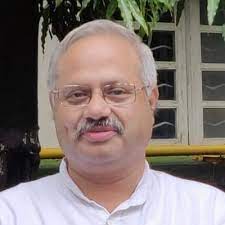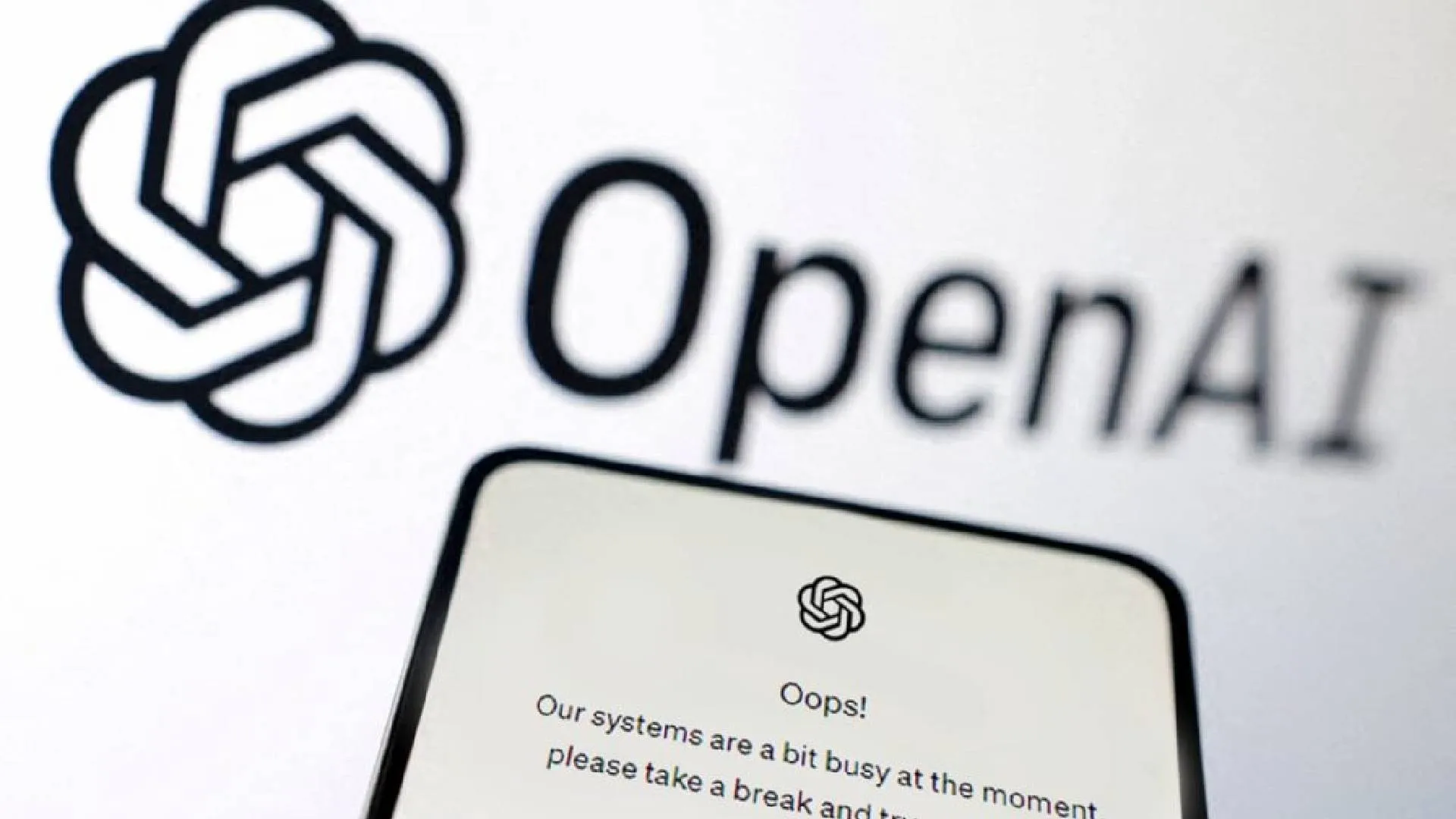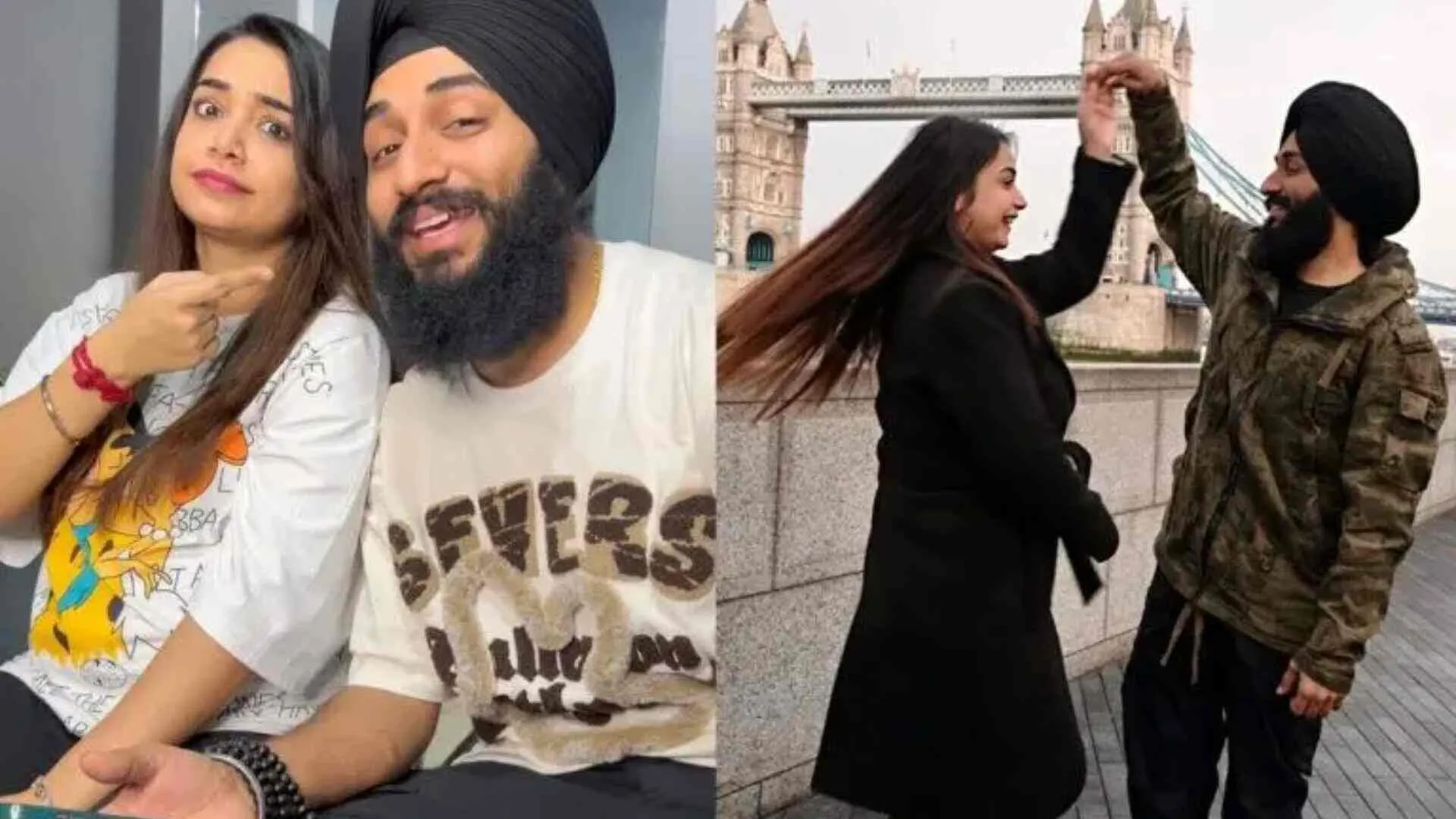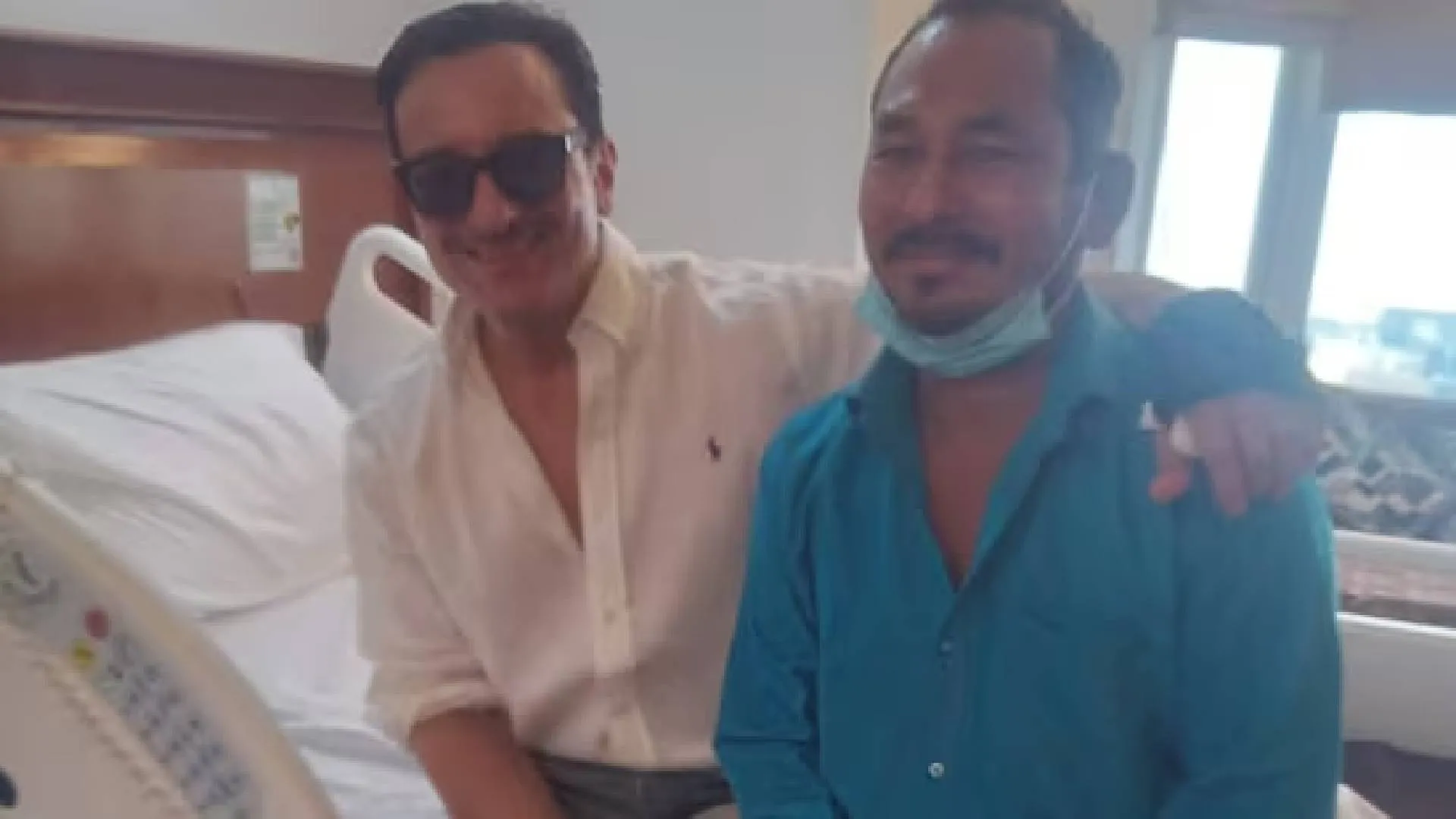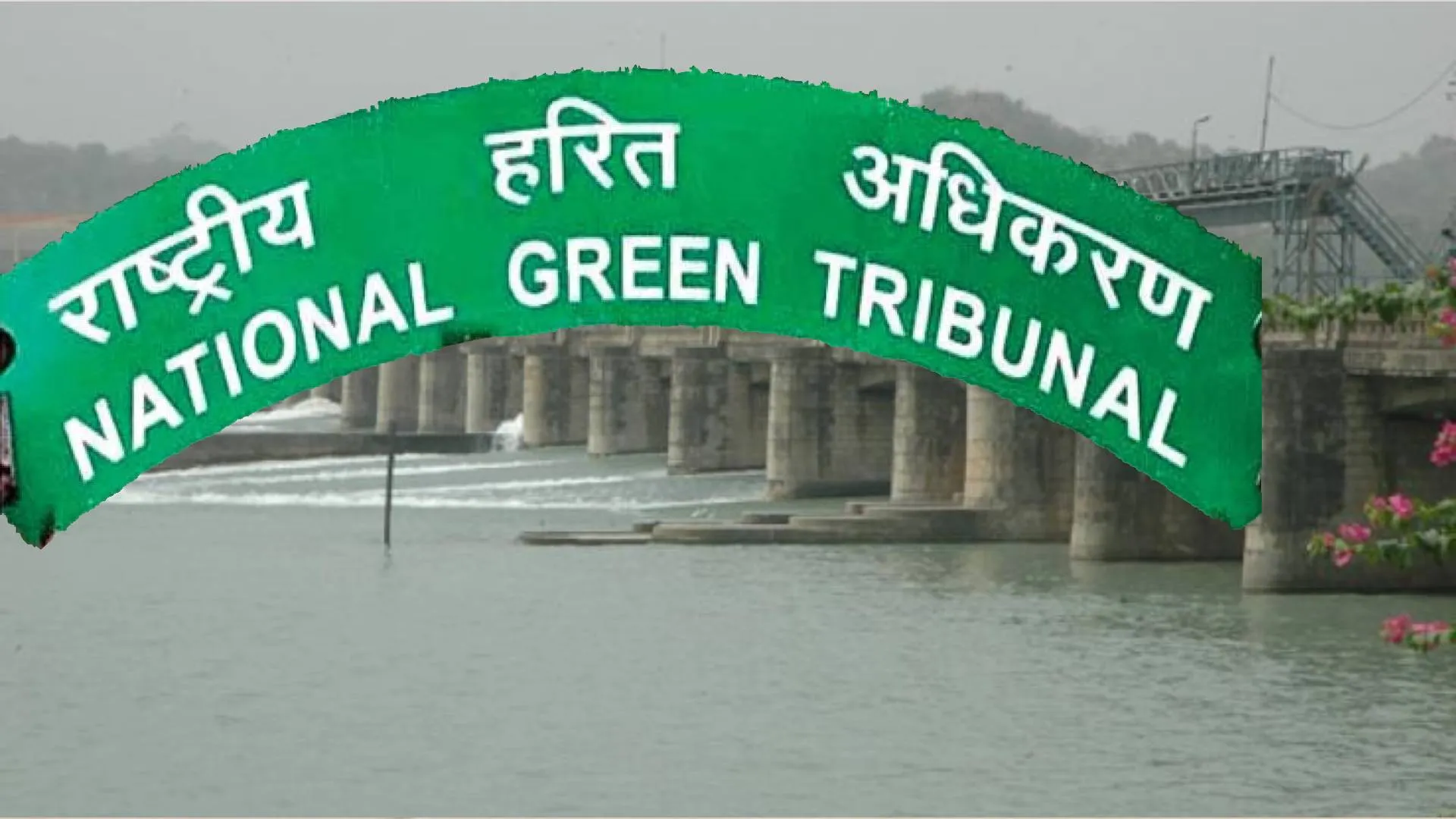Rashtriya Swayamsevak Sangh (RSS) leader Sunil Ambekar on Wednesday sent his best wishes to the researchers working on the much-anticipated Chandrayaan-3 mission by the Indian Space Research Organisation (ISRO).
“The Chandrayaan-3 mission from India is crucial for all of us. Indian scientists have won honours for their nation.I congratulate and send wishes to all of our scientists. This will undoubtedly succeed, in my opinion,” Sunil Ambekar remarked.
The powered fall of the Vikram lander is anticipated to begin at 1745 IST on August 23, 2023, the day of Chandrayaan-3’s intended soft landing on the south pole of the moon.
The live telecast of the landing operations at Mission Operation Complex (MOX) will begin at 1720 IST on Wednesday. Live actions of landing will be available on the ISRO website, its YouTube channel, Facebook, and public broadcaster DD National TV from 17:27 IST on Aug 23, 2023.
In its latest update on Chandrayaan-3 soft landing, ISRO has said the mission is on schedule and systems are undergoing regular checks. It also released a series of up-close images of the moon. These images assist the lander module in determining its position (latitude and longitude) by matching them against an onboard moon reference map.
This mission, if it turns out to be fruitful, will make India the only country to have marked its presence on the lunar south pole which is considered to be difficult for its rough and harsh conditions, and fourth – after US, China, and Russia – to have successfully landed on the moon’s surface.
The spacecraft was launched from the Satish Dhawan Space Centre in Andhra Pradesh’s Sriharikota on July 14. A GSLV Mark 3 (LVM 3) heavy-lift launch vehicle was used for the launch of the spacecraft that was placed in the lunar orbit on August 5 and since then it has been through a series of orbital manoeuvres been lowered closer to the moon’s surface.
Ever since the July 14 launch, ISRO has been maintaining that the health of the spacecraft remains “normal”.On August 5, Chandrayaan-3 was successfully inserted into the lunar orbit with multiple key manoeuvres thereafter.
Later on August 17, the mission marked another giant leap in its lunar quest as the ‘Vikram’ lander module of the spacecraft successfully separated from the propulsion module on Thursday. The Chandrayaan-3 mission’s lander is named after Vikram Sarabhai (1919–1971), who is widely regarded as the father of the Indian space programme.
Then the deboosting of the Lander module was undertaken in two phases. Deboosting is the process of slowing down to position itself in an orbit where the orbit’s closest point to the Moon is.
The stated objectives of Chandrayaan-3, India’s third lunar mission, are safe and soft landing on the lunar surface, rover moving on the moon’s surface, and in-situ scientific experiments.
The approved cost of Chandrayaan-3 is Rs 250 crores (excluding launch vehicle cost).
Chandrayaan-3’s development phase commenced in January 2020, with the launch planned sometime in 2021. However, the Covid-19 pandemic brought an unforeseen delay to the mission’s progress.
Chandrayaan-2 mission was only “partially successful” since the lander lost contact after a hard landing, but the ISRO earlier this week successfully established two-way communication between the Chandrayaan-3 lander module and the still orbiting Chandrayaan-2 orbiter.

